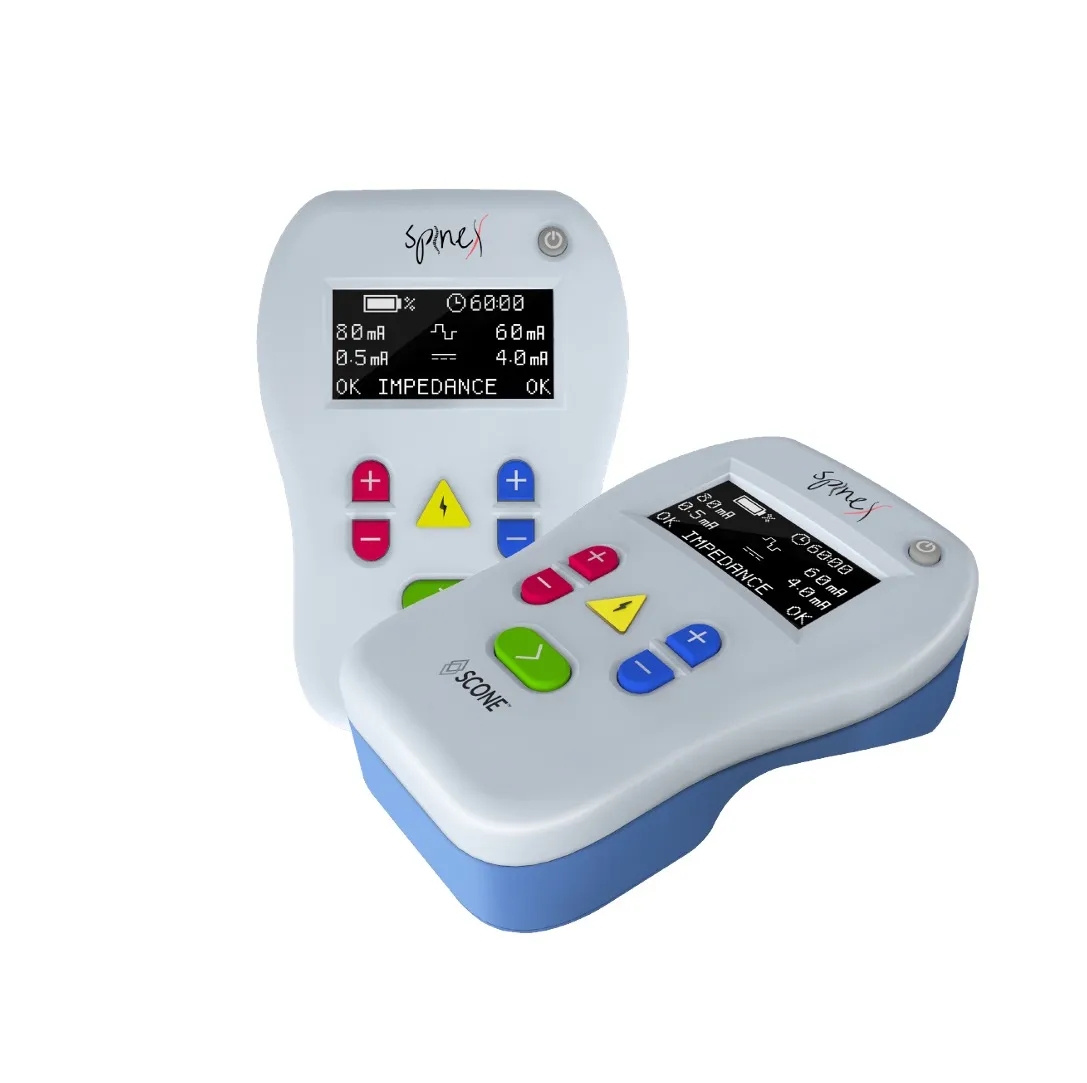SpineX, Inc., an early stage medtech company today announced the publication of new data in the esteemed journal, BioElectric Medicine demonstrating the positive effects of SCONE™ therapy to treat Urge Urinary Incontinence.
SpineX notes SCONE™, is a non-invasive transcutaneous spinal cord neuromodulator is the first of its kind device that is being developed to treat bladder dysfunction.
Urge Urinary Incontinence caused by idiopathic overactive bladder (OAB) affects 12 to 30% of the world’s population with over 33M individuals in USA living with this condition. Symptoms of OAB include increased urinary urgency, urinary frequency and urinary incontinence. These symptoms have a profound effect on quality of life, often leading to depression, social isolation, avoidance of physical and sexual activity, loss of productivity and increased medical expenses.
This study describes the effect of SCONE™ therapy on reduction in symptoms of overactive bladder. Patients reported over 66% reduction in the in the number of leaks per day along with a 35% reduction in the size of leaks. This was accompanied by 6-fold increase in urge-free voids, demonstrating an improvement in patient’s ability to delay urination until the appropriate time and place are encountered. In addition, SCONE™ therapy resulted in a significant improvement in sensation of bladder volume, giving patients more time to plan their bathroom visits. More importantly, none of the patients reported any side effects traditionally seen in overactive bladder treatment.
The clinical changes led to significant improvement in the quality of life of patients and their loved ones. Patients reported that they were able to drive for longer periods of time without stopping, sleep through the night without waking up and socialize with family and friends without having to worry about what they were drinking and where the closest restroom was.
“This study is very exciting,” says key opinion leader in the field of urology and co-author on the paper Dr. David Ginsberg, M.D., Professor of Clinical Urology, University of Southern California, “we know OAB has a significant impact on the quality of life of both women and men and we also know that oral medications often are poorly tolerated or do not adequately improve the symptoms seen with OAB. This study demonstrates that transcutaneous neuromodulation of the spinal cord with an external device, that does not require implantation, is feasible and improves the bothersome bladder symptoms seen with OAB.”
“This paper shows that transcutaneous spinal cord neuromodulation is feasible for the treatment of OAB. With more data, this could be an exciting development for additional non-invasive treatment options for OAB patients,” said Dr. John Stoffel, M.D., Chief of Neurourology and Pelvic Reconstruction at University of Michigan.
These results are an extension of previous studies that demonstrated improvement in bladder, bowel and breathing function with SCONE™ therapy. The study was led by Dr. Evgeniy Kreydin, MD an Assistant Professor of Urology at USC and Co-Founder of SpineX Inc.
SpineX plans to continue developing SCONE™ therapy for individuals with bladder and bowel dysfunction.
